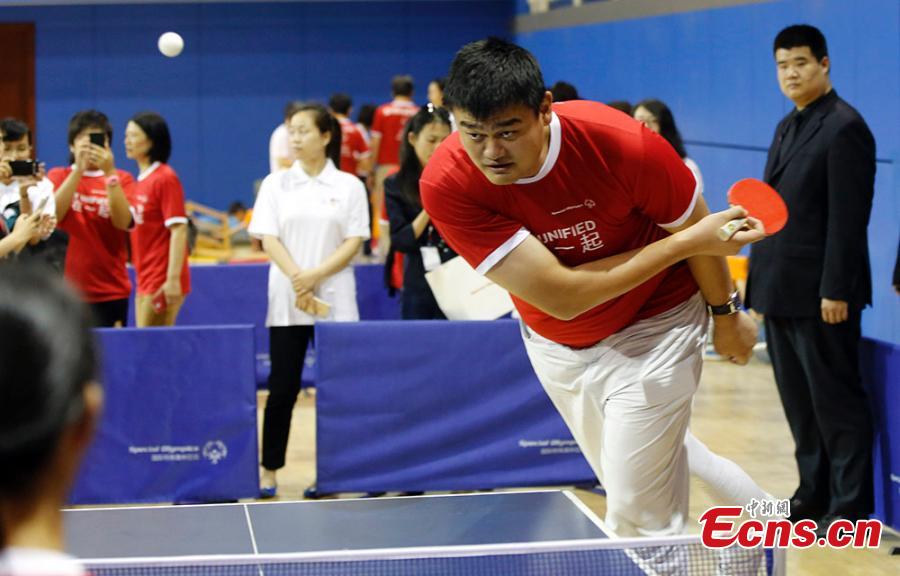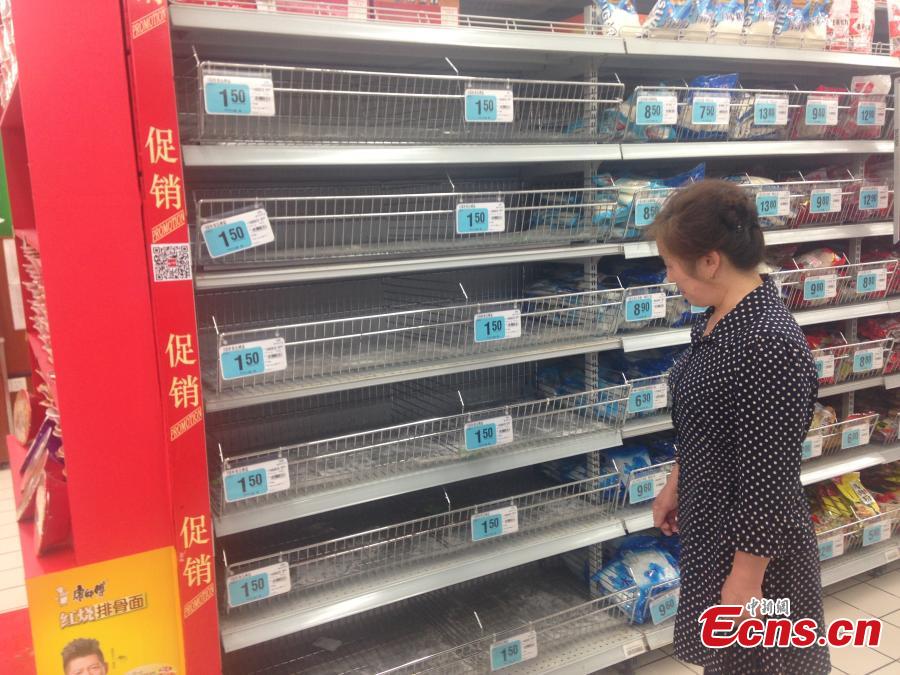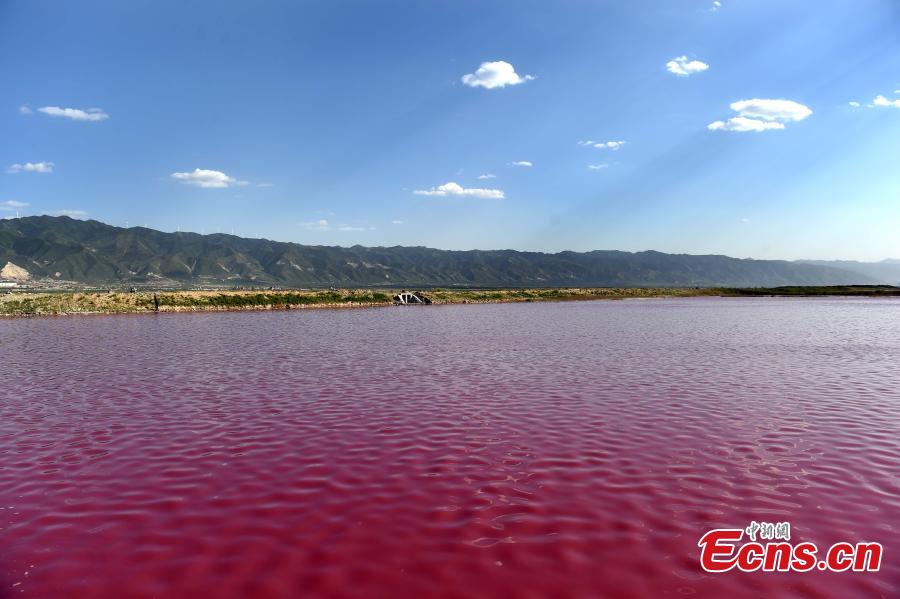Why can't oil spills be stopped?
On June 4, the State Oceanic Administration (SOA) received a report from COPC that it had found a few untraceable oil sheens around Platform B of Penglai 19-3 Oilfield. On July 17, the No.22 surveillance ship of the North Sea branch of the SOA also happened to discover floating oil around the platform, and it informed the COPC immediately.
It was the first time for the massive spill at Penglai 19-3 to be observed near platforms B and C as early as June. However, nine residual leaks seeping around two liters a day were discovered just last week around Platform C, and have not yet been fully cleaned up.
"We're making good progress as we have captured 95% of the identified volume around Platform C," Storaker said at a news conference. He added that the company is focusing on depleting the oily mud in the vicinity of Platform C in a very shallow area.
Yet according to the investigation conducted by China's marine authority, the oil leakage continues. Previously, COPC decided to define the oil spoil as a natural leakage event, and not an accident. The SOA has labeled it as an accident caused by human fault.
Li Xiangfang, professor and doctoral supervisor at the School of Petroleum Engineering at the China University of Petroleum, revealed that the reason for the oil spill at Platform C was simple and clear – when the pressure of the oil became abnormal, it pushed the spill to the surface from the natural fault. The seepage from the natural fault occurred because the balance of water injection and oil extraction had been broken during the production process, he said.
The Penglai 19-3 Oilfield, located 375 kilometers from Beijing, is the nation's biggest offshore oilfield, in which State-owned China National Offshore Oil Corp (CNOOC) holds a 51% stake. On August 24, 2011, CNOOC reported a record half-year profit and reduced its full-year output estimate by as much as 9.3% because oil leaks disrupted operations at China's biggest offshore field, Penglai 19-3.
Fragile Bohai Bay
Over the years the Bohai Bay has seen its share of oil pollution: in 1979, the Shengli Oilfield leaked 45,708 tons of crude oil; in 1987, the oil transfer station of the port of Qinhuangdao spilled 1,479 tons of crude; in 1986, the No.2 Bohai Sea Oil Platform blew out a significant amount of crude oil; in 1990, the collision of two cargo ships from Panama and Libya led to an oil belt of 120 square kilometers and caused a red tide affecting an area of 1,000 square meters; and in 1998, the collapse of the rigs in the Shengli Oilfield leaked crude oil for a duration of six months.
Starting in 2003, oil and gas production entered a new round of growth. Statistics show that 20 offshore oil and gas fields and 165 drilling platforms had been built in the Bohai Sea by the end of 2009.
The two most serious spills were the Bohai oil spill in 2006 and the Dalian spill in 2010. On February 22, 2006, China's maritime authorities found a large area of floating oil during a patrol, which reportedly came from a collision of two oil tankers in the Shengli Oilfield. The spill lasted for more than three months and caused nearby fishermen to suffer calamitous results to their livelihoods.
In recent months, the frequency of oil spills has taken the problem to a whole new level. On July 12, 2011, due to an equipment malfunction in the central control system, a small oil leak was seen at the Suizhong 36-1 oilfield in Liaoning Province, resulting in about one square kilometer of oil sheen. On June 17, 2011, an oil spill happened at the Penglai 19-3 oilfield in Bohai Bay, which the oceanic administration said ConocoPhillips should be held accountable for. On June 4, 2011, a leak from platforms B and C of the Penglai 19-3 oilfield polluted 840 square kilometers of water.
According to a marine environment report in 2010 released by the State Oceanic Administration, increasing oil leaks are causing severe damage to China's marine environment.


















